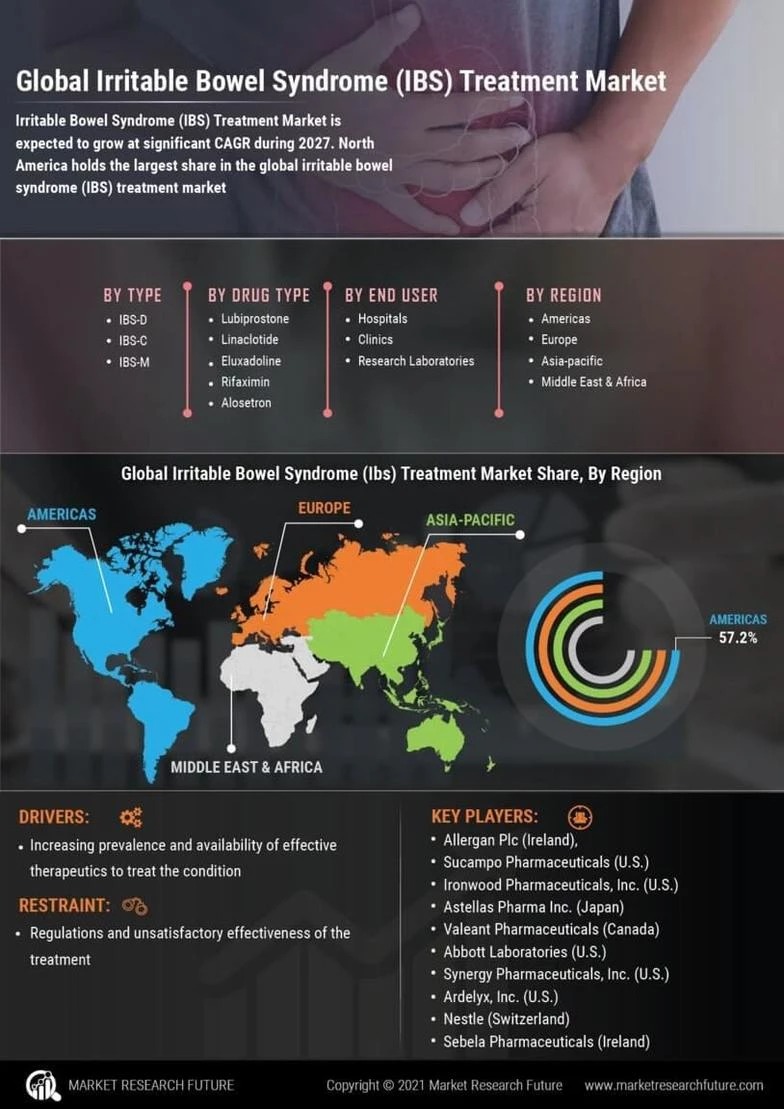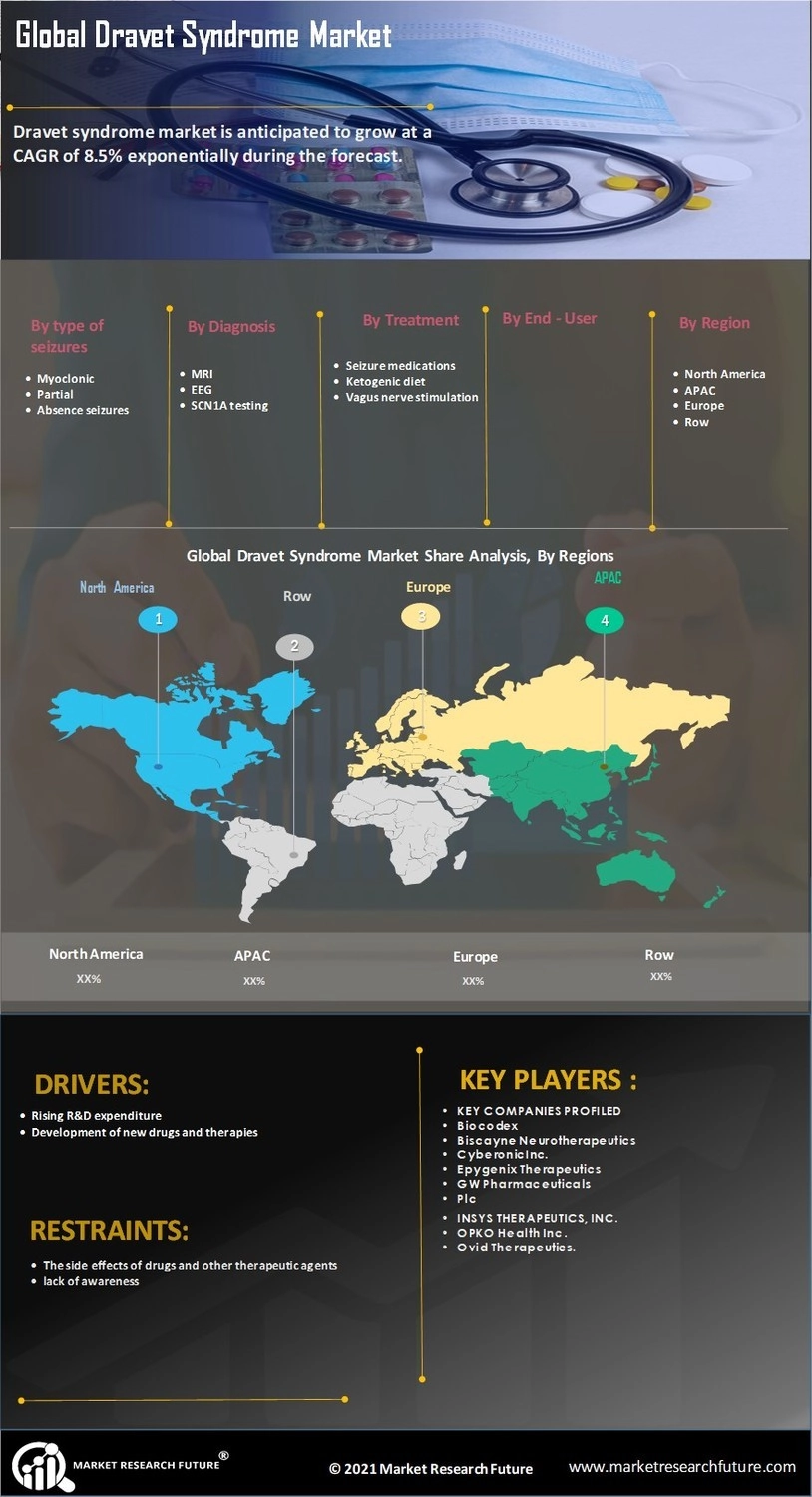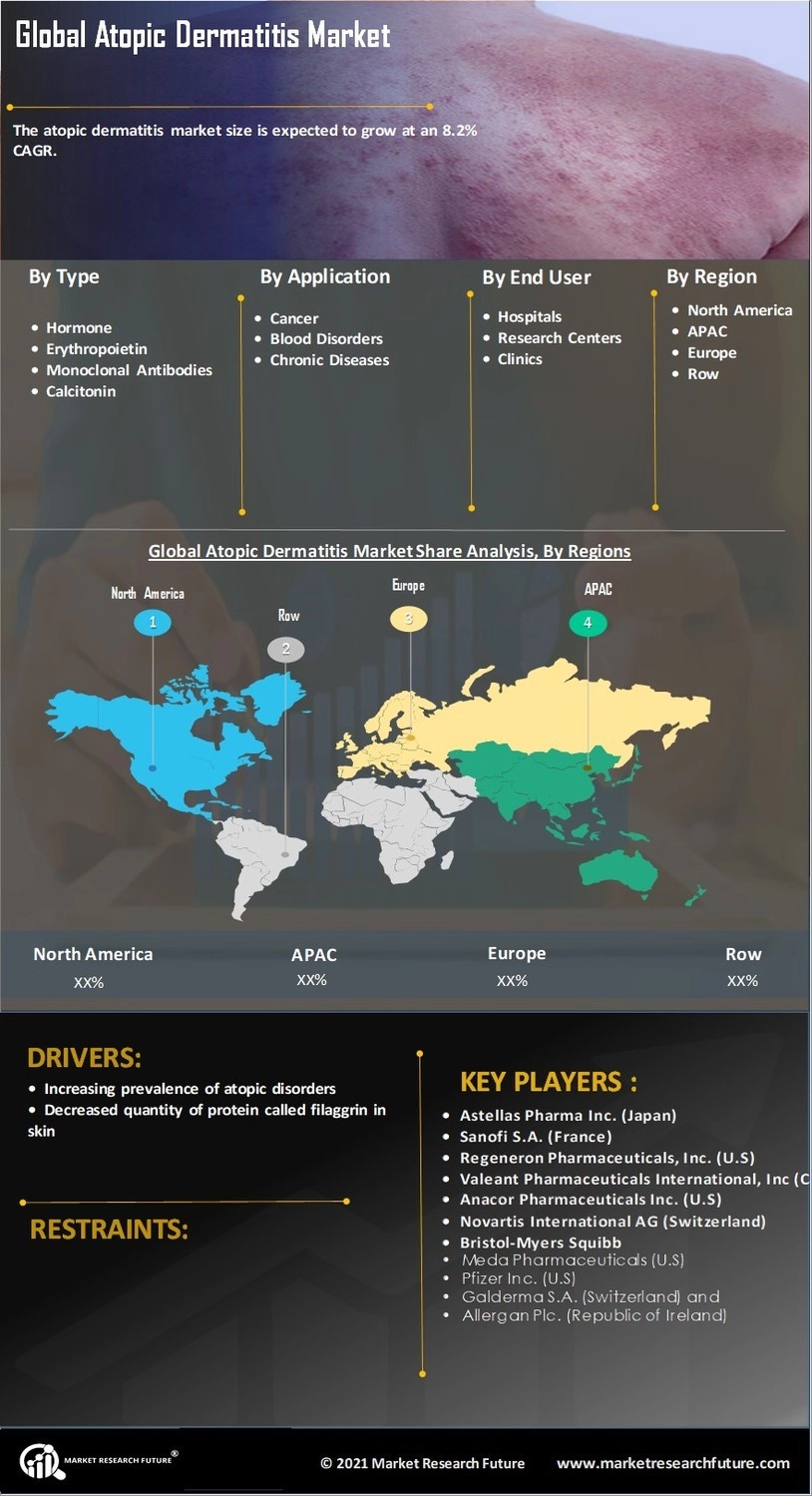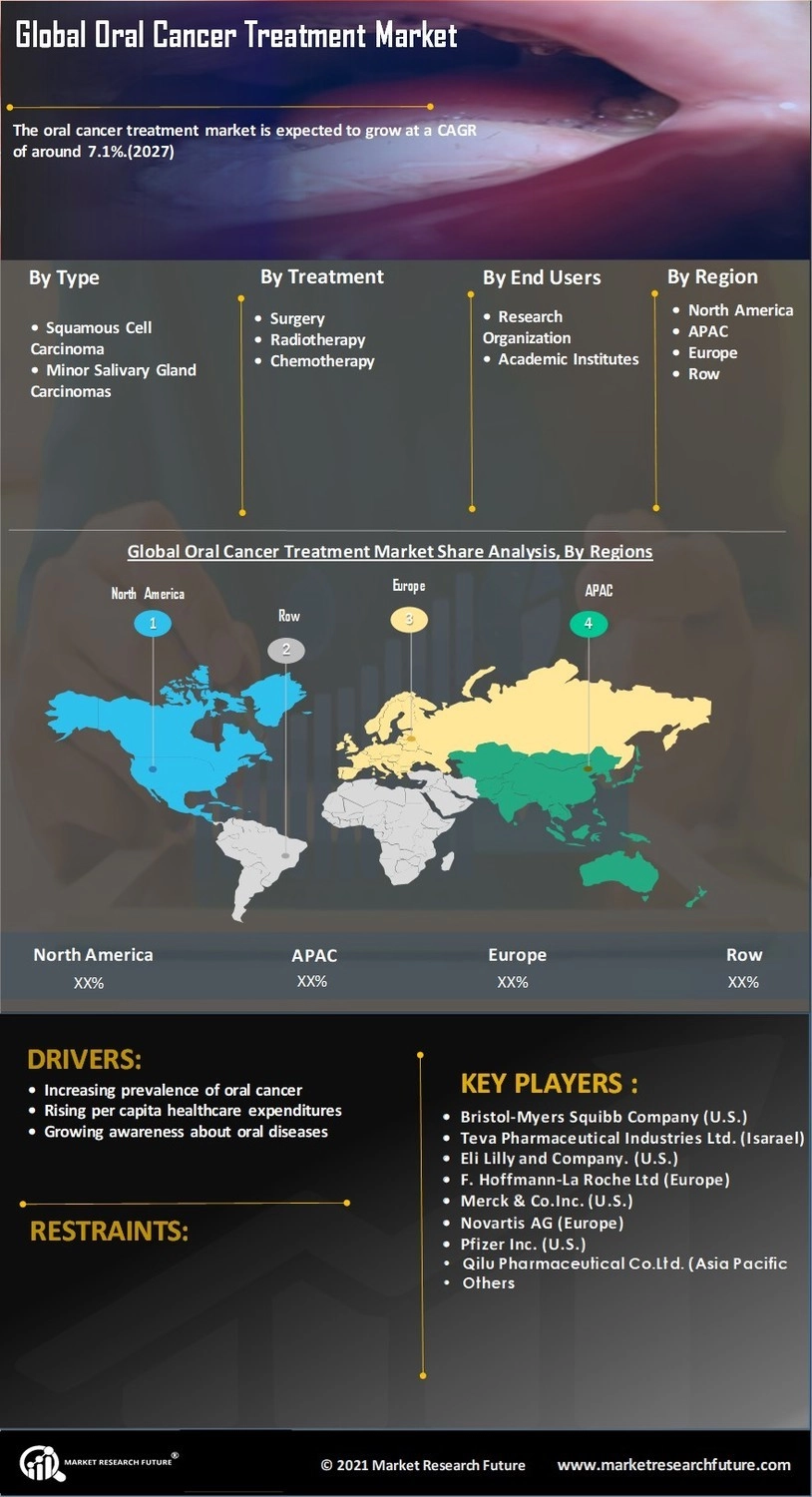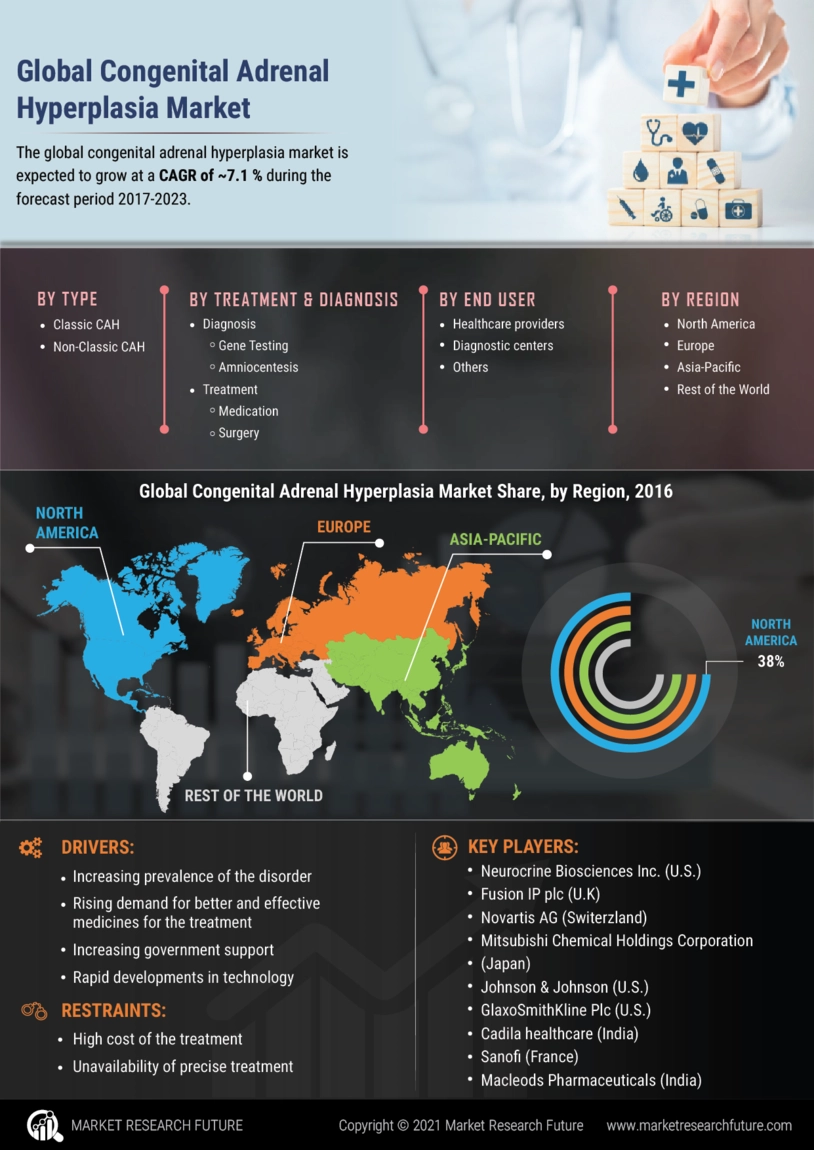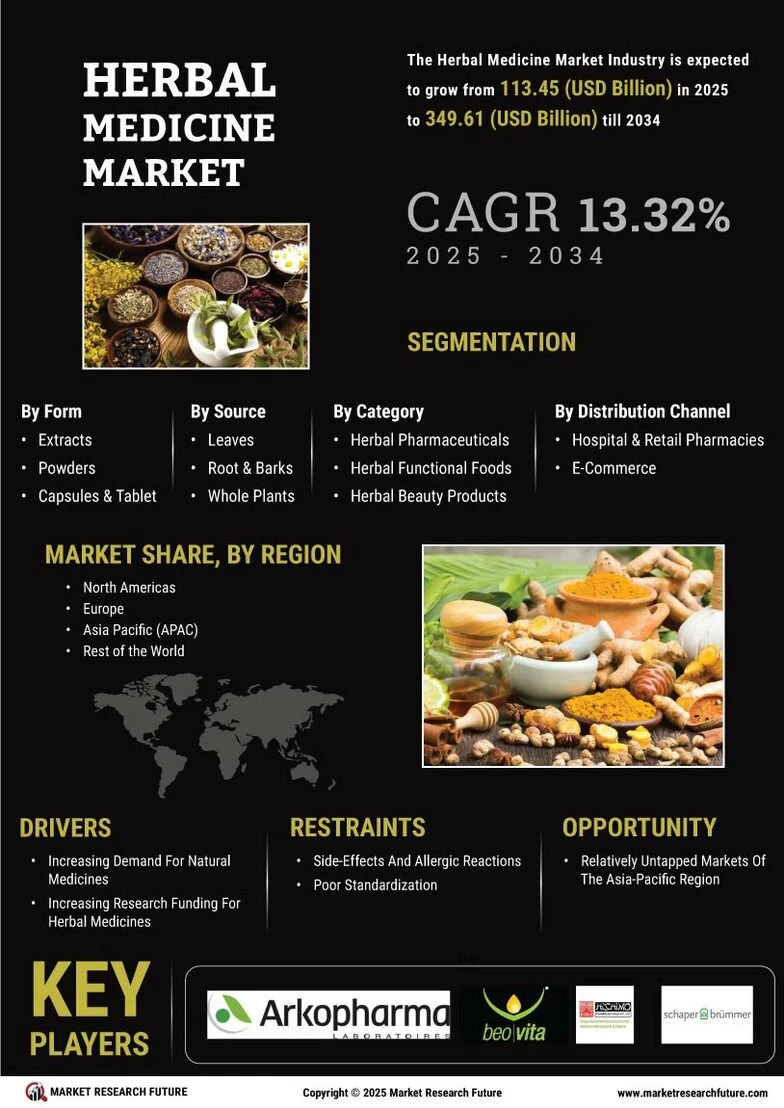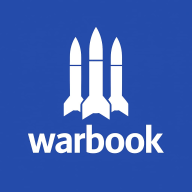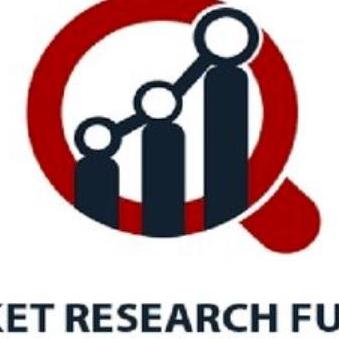
@DivakarMRFR
34 Publicações
1 fotos
0 Vídeos
Mora em new york
De New York,
Male
-
Forecasting Growth in the Americas Irritable Bowel Syndrome (IBS) Treatment Market: Emerging Opportunities Ahead
The Americas Irritable Bowel Syndrome (IBS) Treatment Market continues to gain traction as awareness about functional gastrointestinal disorders expands across the continent. The demand for specialized medications such as antispasmodics, laxatives, and antidepressants is increasing as physicians focus on targeted symptom management. A growing segment of the population is adopting IBS-specific diets like low FODMAP, driving complementary demand for nutritional consultation and digital health apps. In the next decade, the IBS treatment landscape is forecast to evolve through deeper integration of data-driven diagnostics, enabling healthcare professionals to categorize patients more effectively and prescribe optimal treatments. This shift will significantly influence market forecast projections, which anticipate steady double-digit growth in revenue, supported by the rising prevalence of IBS among young adults and women.
Ref - https://www.marketresearchfuture.com/reports/ibs-treatment-market-5555Forecasting Growth in the Americas Irritable Bowel Syndrome (IBS) Treatment Market: Emerging Opportunities Ahead The Americas Irritable Bowel Syndrome (IBS) Treatment Market continues to gain traction as awareness about functional gastrointestinal disorders expands across the continent. The demand for specialized medications such as antispasmodics, laxatives, and antidepressants is increasing as physicians focus on targeted symptom management. A growing segment of the population is adopting IBS-specific diets like low FODMAP, driving complementary demand for nutritional consultation and digital health apps. In the next decade, the IBS treatment landscape is forecast to evolve through deeper integration of data-driven diagnostics, enabling healthcare professionals to categorize patients more effectively and prescribe optimal treatments. This shift will significantly influence market forecast projections, which anticipate steady double-digit growth in revenue, supported by the rising prevalence of IBS among young adults and women. Ref - https://www.marketresearchfuture.com/reports/ibs-treatment-market-55550 Comentários ·0 Compartilhamentos ·37 Visualizações -
Key Developments in Dravet Syndrome Market Forecast
The Dravet Syndrome Market
forecast suggests sustained global expansion due to technological innovation, patient advocacy, and strategic pharmaceutical investments. The market outlook from 2024 to 2032 projects substantial growth, driven by regulatory support for orphan drug designations and improved accessibility to advanced therapies. The emergence of innovative drug formulations, such as cannabidiol-based and sodium channel blocker medications, is transforming treatment paradigms. Companies are also leveraging artificial intelligence in clinical trials to accelerate data analysis and optimize treatment development. Moreover, the growing prevalence of rare diseases, combined with greater diagnostic awareness, is expanding the patient pool, contributing to robust market forecasts.
Ref - https://www.marketresearchfuture.com/reports/dravet-syndrome-market-5509
Key Developments in Dravet Syndrome Market Forecast The Dravet Syndrome Market forecast suggests sustained global expansion due to technological innovation, patient advocacy, and strategic pharmaceutical investments. The market outlook from 2024 to 2032 projects substantial growth, driven by regulatory support for orphan drug designations and improved accessibility to advanced therapies. The emergence of innovative drug formulations, such as cannabidiol-based and sodium channel blocker medications, is transforming treatment paradigms. Companies are also leveraging artificial intelligence in clinical trials to accelerate data analysis and optimize treatment development. Moreover, the growing prevalence of rare diseases, combined with greater diagnostic awareness, is expanding the patient pool, contributing to robust market forecasts. Ref - https://www.marketresearchfuture.com/reports/dravet-syndrome-market-55090 Comentários ·0 Compartilhamentos ·46 Visualizações -
Anticipating Developments in the Atopic Dermatitis Market Forecast
The Atopic Dermatitis Market
forecast suggests a promising future fueled by breakthrough innovations and expanding patient awareness. According to industry projections, the market is set to grow at a robust CAGR due to continuous advancements in immunotherapy, the introduction of novel biologics, and increased adoption of over-the-counter (OTC) skincare products. Pharmaceutical firms are investing heavily in R&D to develop next-generation biologic drugs that can provide lasting symptom relief. Meanwhile, the expansion of tele-dermatology platforms is helping reach underserved populations, thereby increasing diagnosis and treatment rates. This shift toward patient-centric, tech-enabled care models is reshaping the market outlook and opening new opportunities for stakeholders.
Ref - https://www.marketresearchfuture.com/reports/atopic-dermatitis-market-1610Anticipating Developments in the Atopic Dermatitis Market Forecast The Atopic Dermatitis Market forecast suggests a promising future fueled by breakthrough innovations and expanding patient awareness. According to industry projections, the market is set to grow at a robust CAGR due to continuous advancements in immunotherapy, the introduction of novel biologics, and increased adoption of over-the-counter (OTC) skincare products. Pharmaceutical firms are investing heavily in R&D to develop next-generation biologic drugs that can provide lasting symptom relief. Meanwhile, the expansion of tele-dermatology platforms is helping reach underserved populations, thereby increasing diagnosis and treatment rates. This shift toward patient-centric, tech-enabled care models is reshaping the market outlook and opening new opportunities for stakeholders. Ref - https://www.marketresearchfuture.com/reports/atopic-dermatitis-market-16100 Comentários ·0 Compartilhamentos ·45 Visualizações -
Anticipating Future Breakthroughs: Oral Cancer Treatment Market Forecast
The Oral Cancer Treatment Market
forecast points toward substantial growth, driven by innovation in personalized medicine, rapid diagnostic advancements, and the rising burden of oral cancer globally. The demand for novel therapies such as targeted monoclonal antibodies and immune checkpoint inhibitors has been steadily increasing. With better understanding of the molecular biology of oral cancers, scientists are developing therapies that are more effective and less toxic. Market projections indicate that the Asia-Pacific region will witness the fastest growth due to increasing healthcare investments and awareness programs promoting early diagnosis. Additionally, the integration of tele-oncology services allows for continuous patient monitoring, improving access to specialized care.
Ref - https://www.marketresearchfuture.com/reports/oral-cancer-treatment-market-1820
Anticipating Future Breakthroughs: Oral Cancer Treatment Market Forecast The Oral Cancer Treatment Market forecast points toward substantial growth, driven by innovation in personalized medicine, rapid diagnostic advancements, and the rising burden of oral cancer globally. The demand for novel therapies such as targeted monoclonal antibodies and immune checkpoint inhibitors has been steadily increasing. With better understanding of the molecular biology of oral cancers, scientists are developing therapies that are more effective and less toxic. Market projections indicate that the Asia-Pacific region will witness the fastest growth due to increasing healthcare investments and awareness programs promoting early diagnosis. Additionally, the integration of tele-oncology services allows for continuous patient monitoring, improving access to specialized care. Ref - https://www.marketresearchfuture.com/reports/oral-cancer-treatment-market-18200 Comentários ·0 Compartilhamentos ·43 Visualizações -
Global Developments and Revenue Outlook in the Congenital Adrenal Hyperplasia Market Forecast
In the evolving healthcare environment, the Congenital Adrenal Hyperplasia Market is positioned for dynamic expansion. Increasing awareness of adrenal disorders, coupled with improved diagnostic accuracy, supports broader market adoption. Biotechnology firms are advancing clinical trials for novel corticosteroid replacements and enzyme-specific therapies. The surge in pediatric endocrinology research funding also highlights a shift toward addressing congenital disorders early. With enhanced technological capabilities, Congenital Adrenal Hyperplasia Market forecast projects sustainable revenue streams from both treatment innovations and advanced testing services.
Ref - https://www.marketresearchfuture.com/reports/congenital-adrenal-hyperplasia-market-4946
Global Developments and Revenue Outlook in the Congenital Adrenal Hyperplasia Market Forecast In the evolving healthcare environment, the Congenital Adrenal Hyperplasia Market is positioned for dynamic expansion. Increasing awareness of adrenal disorders, coupled with improved diagnostic accuracy, supports broader market adoption. Biotechnology firms are advancing clinical trials for novel corticosteroid replacements and enzyme-specific therapies. The surge in pediatric endocrinology research funding also highlights a shift toward addressing congenital disorders early. With enhanced technological capabilities, Congenital Adrenal Hyperplasia Market forecast projects sustainable revenue streams from both treatment innovations and advanced testing services. Ref - https://www.marketresearchfuture.com/reports/congenital-adrenal-hyperplasia-market-49460 Comentários ·0 Compartilhamentos ·40 Visualizações -
Segmentation Insights in the Herbal Medicine Market
The Herbal Medicine Market segment
is categorized by product type, application, and end-user, providing a clear perspective on market dynamics. By product type, herbal supplements, extracts, powders, and traditional formulations dominate due to their widespread acceptance and proven efficacy. Applications include therapeutic treatment, preventive healthcare, cosmetic purposes, and nutraceuticals. End-users consist of hospitals, clinics, wellness centers, and retail consumers, highlighting the broad adoption across healthcare and consumer wellness sectors.
Reference - https://www.marketresearchfuture.com/reports/herbal-medicine-market-3250
Segmentation Insights in the Herbal Medicine Market The Herbal Medicine Market segment is categorized by product type, application, and end-user, providing a clear perspective on market dynamics. By product type, herbal supplements, extracts, powders, and traditional formulations dominate due to their widespread acceptance and proven efficacy. Applications include therapeutic treatment, preventive healthcare, cosmetic purposes, and nutraceuticals. End-users consist of hospitals, clinics, wellness centers, and retail consumers, highlighting the broad adoption across healthcare and consumer wellness sectors. Reference - https://www.marketresearchfuture.com/reports/herbal-medicine-market-32500 Comentários ·0 Compartilhamentos ·64 Visualizações -
Segmentation Insights in the Skin Microbiome Market
The Skin Microbiome Market segment
is categorized by product type, application, and end-user, providing clarity on market dynamics. By product type, probiotics, prebiotics, postbiotics, and symbiotics dominate due to their ability to modulate skin health and improve barrier function. Applications include skincare, therapeutic dermatology, wound healing, and anti-aging treatments. End-users consist of hospitals, dermatology clinics, cosmetic manufacturers, and research institutions, reflecting the broad adoption of microbiome-based products across healthcare and cosmetic sectors.
Reference - https://www.marketresearchfuture.com/reports/skin-microbiome-market-26187
Segmentation Insights in the Skin Microbiome Market The Skin Microbiome Market segment is categorized by product type, application, and end-user, providing clarity on market dynamics. By product type, probiotics, prebiotics, postbiotics, and symbiotics dominate due to their ability to modulate skin health and improve barrier function. Applications include skincare, therapeutic dermatology, wound healing, and anti-aging treatments. End-users consist of hospitals, dermatology clinics, cosmetic manufacturers, and research institutions, reflecting the broad adoption of microbiome-based products across healthcare and cosmetic sectors. Reference - https://www.marketresearchfuture.com/reports/skin-microbiome-market-261870 Comentários ·0 Compartilhamentos ·64 Visualizações -
Segmentation Insights in the 3D Printed Bones Market
The 3D Printed Bones Market segment
is categorized by material type, application, and end-user, providing clarity on market dynamics. By material type, bioceramics, polymers, and composites dominate due to their biocompatibility, mechanical strength, and ease of customization. Applications span orthopedic surgeries, dental implants, and craniofacial reconstruction, with orthopedic applications leading due to high demand for patient-specific implants. End-users include hospitals, specialty clinics, and research institutions, reflecting the broad adoption of 3D-printed bone solutions.
Reference - https://www.marketresearchfuture.com/reports/3d-printed-bones-market-26044Segmentation Insights in the 3D Printed Bones Market The 3D Printed Bones Market segment is categorized by material type, application, and end-user, providing clarity on market dynamics. By material type, bioceramics, polymers, and composites dominate due to their biocompatibility, mechanical strength, and ease of customization. Applications span orthopedic surgeries, dental implants, and craniofacial reconstruction, with orthopedic applications leading due to high demand for patient-specific implants. End-users include hospitals, specialty clinics, and research institutions, reflecting the broad adoption of 3D-printed bone solutions. Reference - https://www.marketresearchfuture.com/reports/3d-printed-bones-market-260440 Comentários ·0 Compartilhamentos ·59 Visualizações -
Business Insights Driving the Europe Clinical Trials Market
The Europe Clinical Trials Market Business Insights
emphasize that strategic partnerships, collaborations, and technological adoption are key drivers of market growth. CROs, pharmaceutical companies, and academic institutions are increasingly collaborating to streamline trial operations, reduce costs, and accelerate therapy development. Digital platforms, AI-assisted data analytics, and electronic trial management systems are improving trial efficiency and patient recruitment.
Reference - https://www.marketresearchfuture.com/reports/europe-clinical-trials-market-21458
Business Insights Driving the Europe Clinical Trials Market The Europe Clinical Trials Market Business Insights emphasize that strategic partnerships, collaborations, and technological adoption are key drivers of market growth. CROs, pharmaceutical companies, and academic institutions are increasingly collaborating to streamline trial operations, reduce costs, and accelerate therapy development. Digital platforms, AI-assisted data analytics, and electronic trial management systems are improving trial efficiency and patient recruitment. Reference - https://www.marketresearchfuture.com/reports/europe-clinical-trials-market-214580 Comentários ·0 Compartilhamentos ·71 Visualizações -
Market Data Insights for the US Drug Device Combination Market
The US Drug Device Combination Market Data
provides critical insights into adoption patterns, patient demographics, device utilization, and regional demand. Hospitals, clinics, and home care providers increasingly rely on data analytics to monitor patient adherence, optimize dosing, and assess therapeutic outcomes. Smart drug-device products collect real-time data on drug administration, patient response, and usage trends, which inform clinical decision-making, predictive maintenance, and personalized therapy adjustments. Data also highlights regional variations in demand, indicating areas with higher chronic disease prevalence or limited access to advanced drug delivery solutions, which are key growth opportunities for manufacturers.
Reference - https://www.marketresearchfuture.com/reports/us-drug-device-combination-market-14660
Furthermore, leveraging market data helps manufacturers refine product development, design targeted marketing strategies, and enhance regulatory compliance. Device performance metrics, patient feedback, and therapy adherence statistics allow companies to improve usability, reduce errors, and enhance patient engagement. Data-driven insights also support healthcare providers in identifying trends, optimizing therapy protocols, and reducing costs associated with hospital visits and medication errors. Overall, comprehensive market data enables stakeholders to make informed decisions, accelerate adoption, and maximize the impact of drug-device combination technologies in the US.
FAQs
Q1: How is market data used in the US drug device combination industry?
A1: To monitor adherence, optimize dosing, improve outcomes, and inform clinical decisions.
Q2: How does data influence manufacturers’ strategies?
A2: It guides product development, marketing, regulatory compliance, and patient-focused innovation.Market Data Insights for the US Drug Device Combination Market The US Drug Device Combination Market Data provides critical insights into adoption patterns, patient demographics, device utilization, and regional demand. Hospitals, clinics, and home care providers increasingly rely on data analytics to monitor patient adherence, optimize dosing, and assess therapeutic outcomes. Smart drug-device products collect real-time data on drug administration, patient response, and usage trends, which inform clinical decision-making, predictive maintenance, and personalized therapy adjustments. Data also highlights regional variations in demand, indicating areas with higher chronic disease prevalence or limited access to advanced drug delivery solutions, which are key growth opportunities for manufacturers. Reference - https://www.marketresearchfuture.com/reports/us-drug-device-combination-market-14660 Furthermore, leveraging market data helps manufacturers refine product development, design targeted marketing strategies, and enhance regulatory compliance. Device performance metrics, patient feedback, and therapy adherence statistics allow companies to improve usability, reduce errors, and enhance patient engagement. Data-driven insights also support healthcare providers in identifying trends, optimizing therapy protocols, and reducing costs associated with hospital visits and medication errors. Overall, comprehensive market data enables stakeholders to make informed decisions, accelerate adoption, and maximize the impact of drug-device combination technologies in the US. FAQs Q1: How is market data used in the US drug device combination industry? A1: To monitor adherence, optimize dosing, improve outcomes, and inform clinical decisions. Q2: How does data influence manufacturers’ strategies? A2: It guides product development, marketing, regulatory compliance, and patient-focused innovation.0 Comentários ·0 Compartilhamentos ·118 Visualizações -
Market Data Insights for the US Wearable Injectors Market
The US Wearable Injectors Market Data
emphasizes adoption rates, patient demographics, device utilization, and regional distribution. Hospitals and home care providers are increasingly leveraging data analytics to monitor patient adherence, optimize dosing, and improve therapeutic outcomes. Smart injectors collect real-time data on drug delivery, patient response, and usage patterns, which is then analyzed to inform clinical decision-making and predictive maintenance. Data also provides insights into regional demand, highlighting areas with high chronic disease prevalence and potential for market expansion.
Ref - https://www.marketresearchfuture.com/reports/us-wearable-injectors-market-14653
Furthermore, market data guides manufacturers in refining product development and targeting specific segments. Insights into device type preferences, therapeutic applications, and patient feedback allow companies to enhance product usability, optimize supply chains, and develop targeted marketing strategies. Comprehensive data analysis is critical for understanding emerging trends, evaluating growth opportunities, and ensuring regulatory compliance. As the market continues to expand, leveraging real-time and historical data will remain essential for manufacturers, healthcare providers, and policymakers to maximize the impact of wearable injector technologies.
FAQs
Q1: How is market data used in the US wearable injectors industry?
A1: To monitor adherence, optimize dosing, improve outcomes, and inform clinical decisions.
Q2: How does data influence manufacturers?
A2: It guides product development, supply chain optimization, marketing strategies, and regulatory compliance.Market Data Insights for the US Wearable Injectors Market The US Wearable Injectors Market Data emphasizes adoption rates, patient demographics, device utilization, and regional distribution. Hospitals and home care providers are increasingly leveraging data analytics to monitor patient adherence, optimize dosing, and improve therapeutic outcomes. Smart injectors collect real-time data on drug delivery, patient response, and usage patterns, which is then analyzed to inform clinical decision-making and predictive maintenance. Data also provides insights into regional demand, highlighting areas with high chronic disease prevalence and potential for market expansion. Ref - https://www.marketresearchfuture.com/reports/us-wearable-injectors-market-14653 Furthermore, market data guides manufacturers in refining product development and targeting specific segments. Insights into device type preferences, therapeutic applications, and patient feedback allow companies to enhance product usability, optimize supply chains, and develop targeted marketing strategies. Comprehensive data analysis is critical for understanding emerging trends, evaluating growth opportunities, and ensuring regulatory compliance. As the market continues to expand, leveraging real-time and historical data will remain essential for manufacturers, healthcare providers, and policymakers to maximize the impact of wearable injector technologies. FAQs Q1: How is market data used in the US wearable injectors industry? A1: To monitor adherence, optimize dosing, improve outcomes, and inform clinical decisions. Q2: How does data influence manufacturers? A2: It guides product development, supply chain optimization, marketing strategies, and regulatory compliance.0 Comentários ·0 Compartilhamentos ·82 Visualizações -
Market Data Insights for the US Ventilation Devices Market
The US Ventilation Devices Market Data
highlights trends in adoption rates, device utilization, and technological integration. Hospitals and home care providers are leveraging data analytics to optimize ventilator performance, monitor patient outcomes, and reduce complications. IoT-connected devices generate real-time data that informs clinical decision-making and predictive maintenance, ensuring operational efficiency and patient safety. Data also plays a pivotal role in assessing the effectiveness of various device types, including invasive, non-invasive, and portable ventilators, enabling providers to align procurement strategies with patient needs.
Source - https://www.marketresearchfuture.com/reports/us-ventilation-devices-market-14645
Moreover, market data guides manufacturers in understanding demand patterns, evaluating market opportunities, and refining product design. Data insights into regional adoption, patient demographics, and device utilization rates help vendors target growth areas and optimize production and distribution. As the US ventilation devices market continues to expand, leveraging comprehensive market data will remain critical for stakeholders to ensure efficient operations, regulatory compliance, and improved patient care.
FAQs
Q1: How is market data used in the US ventilation devices industry?
A1: For optimizing device performance, predictive maintenance, and clinical decision-making.
Q2: How does data influence manufacturers?
A2: It helps identify growth opportunities, guide product design, and improve distribution strategies.Market Data Insights for the US Ventilation Devices Market The US Ventilation Devices Market Data highlights trends in adoption rates, device utilization, and technological integration. Hospitals and home care providers are leveraging data analytics to optimize ventilator performance, monitor patient outcomes, and reduce complications. IoT-connected devices generate real-time data that informs clinical decision-making and predictive maintenance, ensuring operational efficiency and patient safety. Data also plays a pivotal role in assessing the effectiveness of various device types, including invasive, non-invasive, and portable ventilators, enabling providers to align procurement strategies with patient needs. Source - https://www.marketresearchfuture.com/reports/us-ventilation-devices-market-14645 Moreover, market data guides manufacturers in understanding demand patterns, evaluating market opportunities, and refining product design. Data insights into regional adoption, patient demographics, and device utilization rates help vendors target growth areas and optimize production and distribution. As the US ventilation devices market continues to expand, leveraging comprehensive market data will remain critical for stakeholders to ensure efficient operations, regulatory compliance, and improved patient care. FAQs Q1: How is market data used in the US ventilation devices industry? A1: For optimizing device performance, predictive maintenance, and clinical decision-making. Q2: How does data influence manufacturers? A2: It helps identify growth opportunities, guide product design, and improve distribution strategies.0 Comentários ·0 Compartilhamentos ·73 Visualizações
Mais stories
